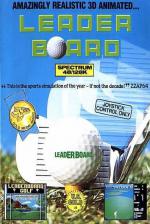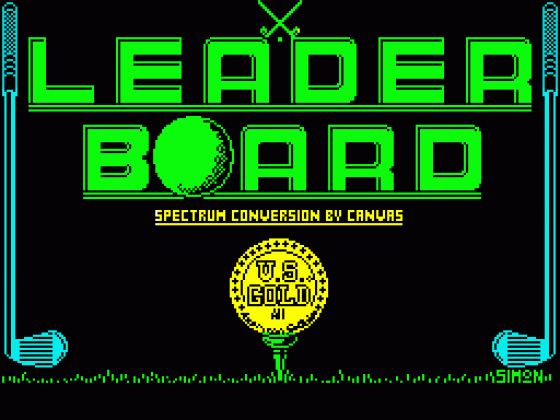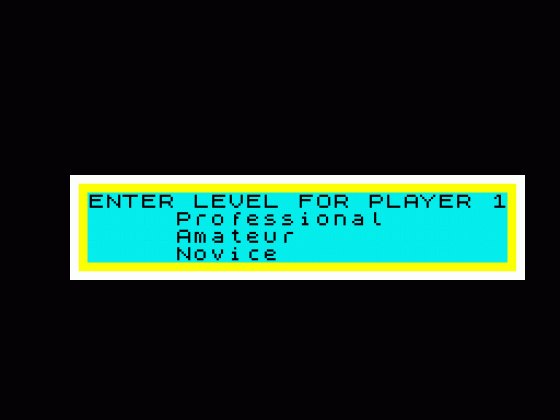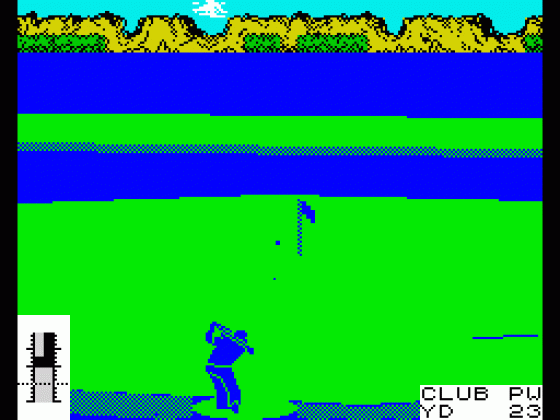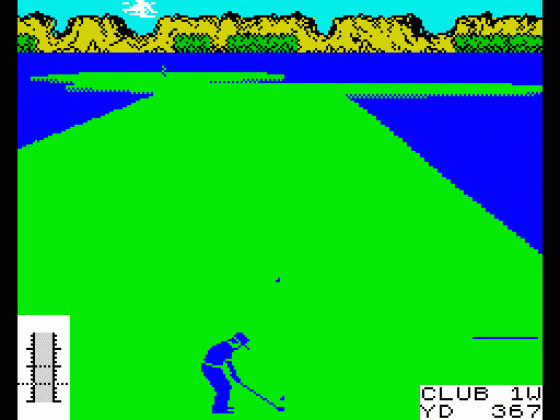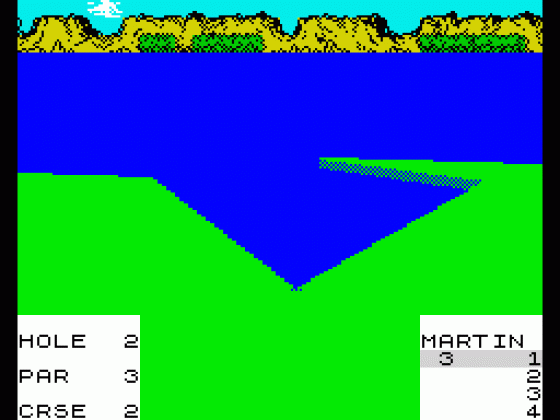Other Reviews Of Leader Board For The Spectrum 48K
Leader Board (US Gold)
A review
Leader Board (US Gold)
A review by Marcus Berkmann (Your Sinclair)
Leaderboard (US Gold)
A review
Leaderboard (US Gold)
A review
Leaderboard (U. S. Gold)
A review


 1st February 1987
1st February 1987